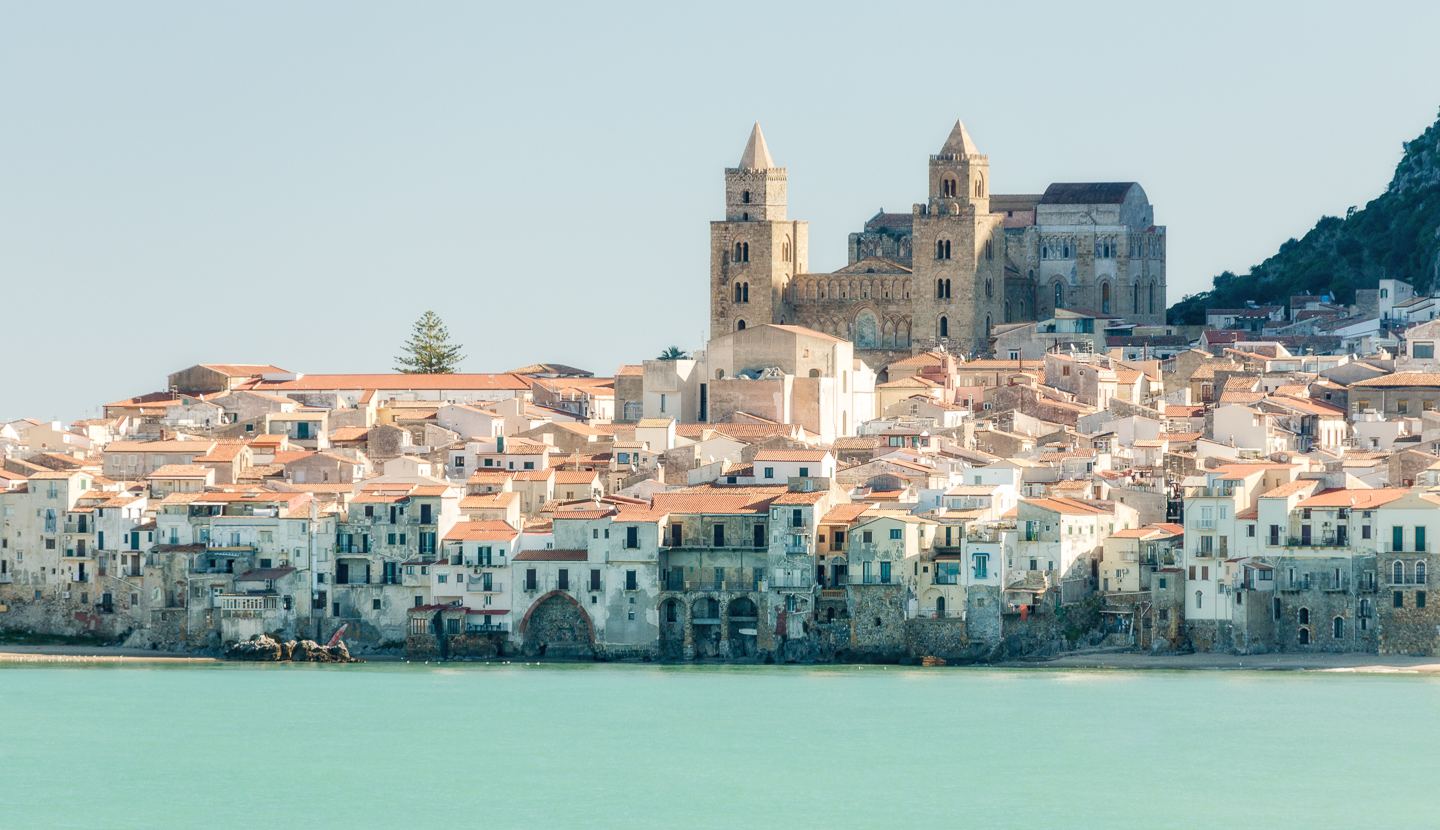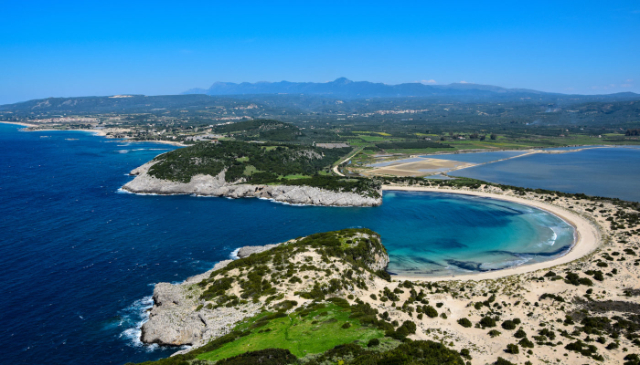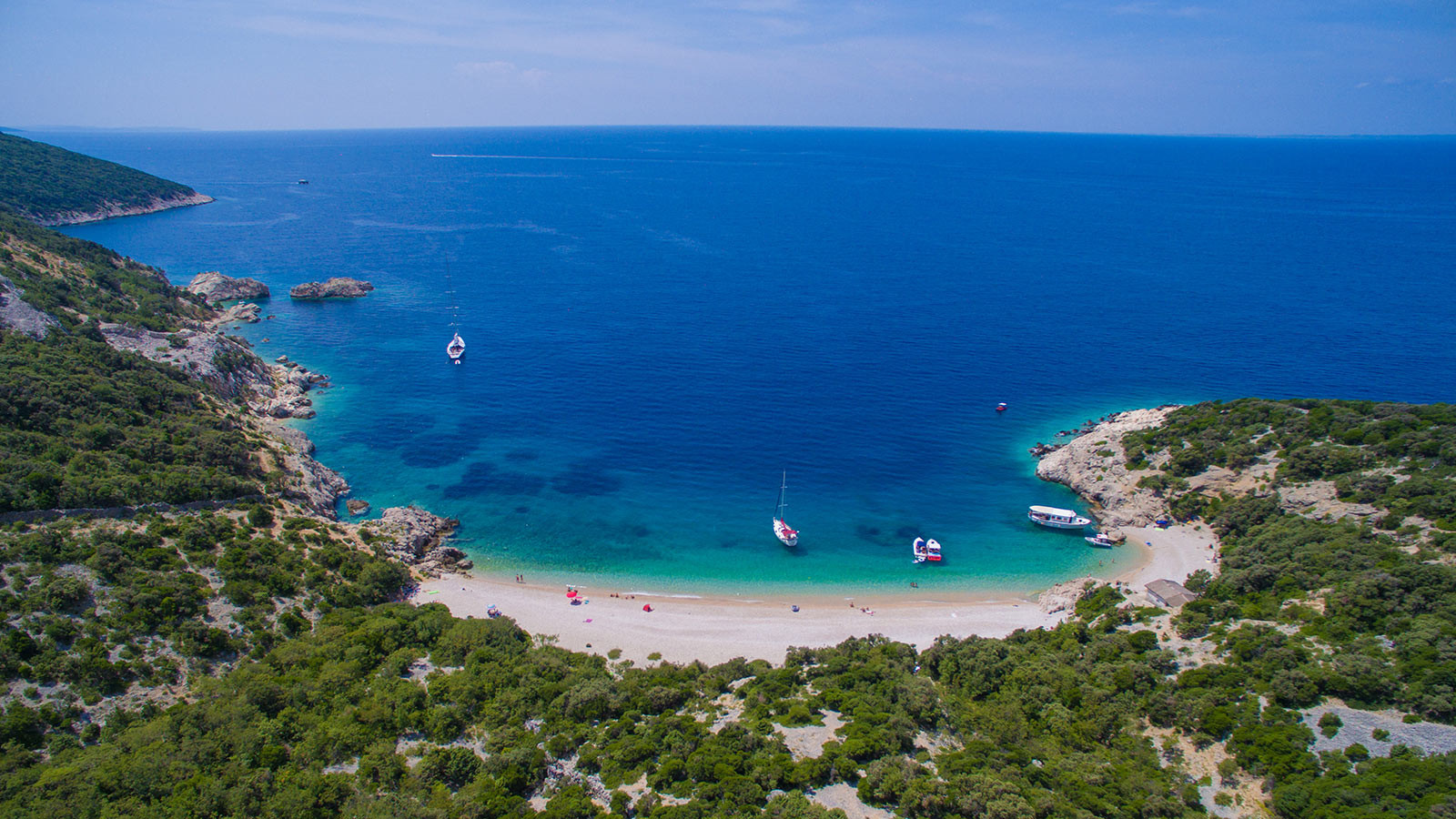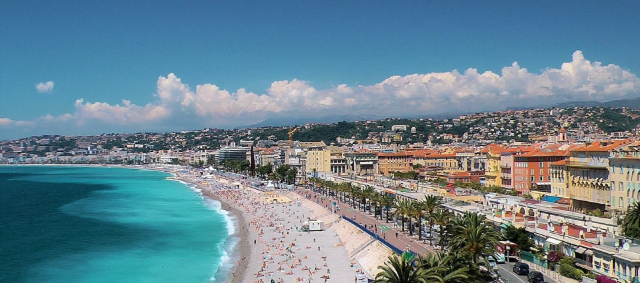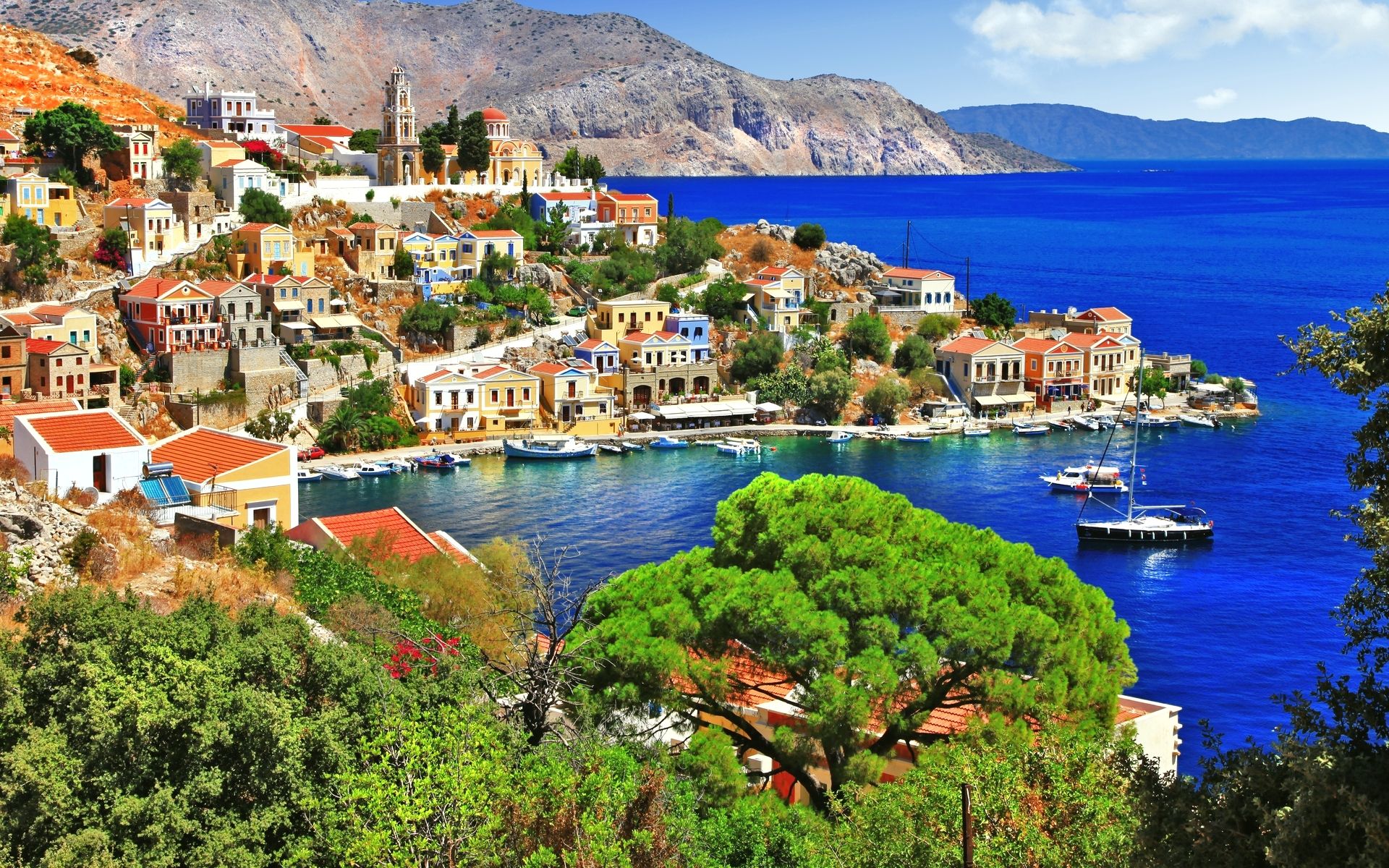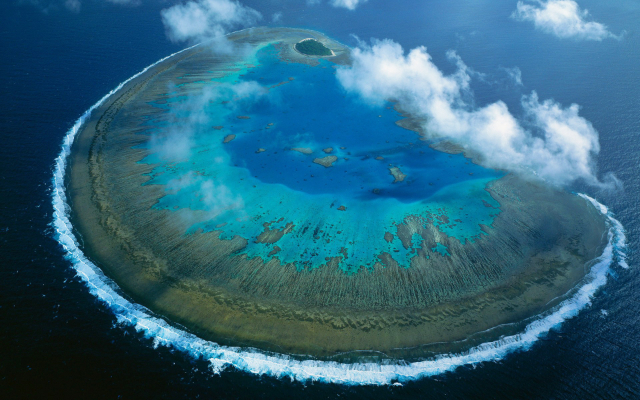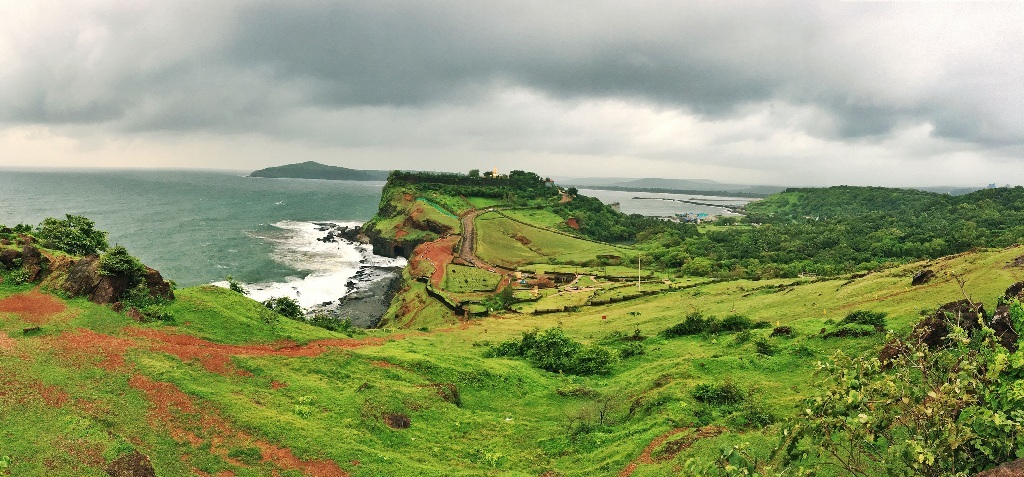Cefalù is a small sea town, with a picturesque harbor from which you can observe the characteristic sea front of the walled city, with the arches that shelter the boats.
The climate, typically Mediterranean, enjoys dry and hot summers, mitigated by ventilation, and mild winters and moderately rainy. Located within the Madonie Park, Cefalù is very close to its most famous mountain resorts.
t is not possible to establish a certain date of foundation of the city. The first reliable information dates back to 396 BC, as evidenced by some documentary sources.
From that year and up to 254 b.c., Cefalù mainly suffered the Carthaginian domination, interrupted in some periods first by the conquest of Dionysius I of Syracuse, then by that of Agathocles.
From 254 BC, fell under Roman power. Fallen the Roman Empire, Cefalù went through a period of decadence. At that time the few inhabitants, moved away from the sea to retire on the Rock, where he was born a center in the Byzantine period from the eighth to the ninth century.
In 858, the city was painstakingly conquered by the Arabs, who will not leave any monumental trace.
Cefalù lived its maximum splendor under the Normans, who replaced the Arabs in 1063, when Count Roger and his brother Robert Guiscard, conquered Sicily.
Almost a century later, the son of Count Roger, Roger II, brought the city to the sea, rebuilding it, after the destruction wrought by his father, on what was left, and making you build the famous cathedral, still the pride of the city.
To the Normans they alternated the Svevi of Federico II.
It ‘an inauspicious period for the city, which passed from this to that family, until the domination of the Spanish Catholics in the fifteenth century, when he was born a real urban center, thanks to a prolific building activity.
From the sixteenth century, the history of Cefalù became part of the political climate that swept across Italy, and that led, centuries later, to the revolutionary movements and saw the fall of many patriots.
As the whole south, Cefalù started to recover slowly, having to face, after 1860, the problems deriving from the reached unity of Italy.
Among the many things to see in Cefalù, which is a city rich in art and culture, we can not fail to mention:
the cathedral of Cefalù built by Roger II who was buried here with his wife (today the remains are in Palermo). Behind it, on a rock, is the Temple of Diana which was built in the 5th century BC.
Among the other things to see in Cefalù do not forget the Municipal Theatre where several scenes of the "New Cinema Paradiso" were filmed, note in detail the ceiling decorated with a painting by Rosario Spagnolo of the nineteenth century.
At the end of a lava staircase we meet a medieval cast iron wash house of the sixteenth century.
The 11th century Church of San Leonardo is one of the oldest religious buildings in Cefalù;
Osterio Magno which was the home of the Ventimiglia Marquises of Geraci in the 13th century;
the Mandralisca museum which includes the art gallery and an archaeological exhibition;
the Maria palace which was the Domus Regia of King Ruggero II (1139).
